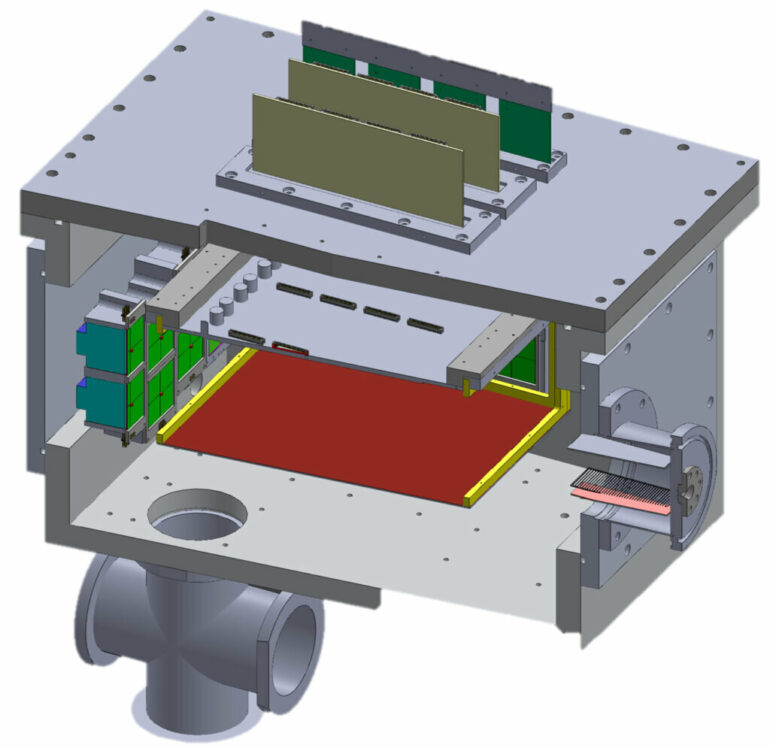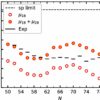Washington University in St. Louis is part of a collaboration that has yielded new insight into one of the universe’s primordial reactions that made all life on Earth possible.
Carbon, known universally as the basic building block of life, is generally thought by scientists to have formed inside the cores of stars. Now scientists are using an experimental apparatus to test whether the element could have been produced under additional circumstances.
A research collaboration involving physicists from Texas A&M University, Washington University and Ohio University is using a particle accelerator known as TexAT in combination with powerful neutron beam lines at Ohio’s John E. Edwards Accelerator Laboratory to see if carbon can be more efficiently produced if a sufficient flux of neutrons is also present in the carbon-producing regions in stars.
Lee Sobotka, professor of chemistry and of physics, both in Arts & Sciences, first proposed the idea of using a time-projection chamber to determine the influence of neutrons on the triple-alpha process in 2017.
“This experiment married a very special tool—an active-target time-projection chamber—with a low-energy accelerator capable of producing near mono-energetic neutrons,” said Sobotka, also a fellow of the university’s McDonnell Center for the Space Sciences. “It’s a first-of-its-kind union that provided the answer to a question first posed 55 years ago on the making of the seed for heavy-element synthesis.”
The team concluded in a recent study published in Nature Communications that the role that neutrons play in the creation of carbon is much smaller than previously thought. Sobotka and Robert Charity, research professor of chemistry in Arts & Sciences, are co-authors of the new study, along with Nicolas Dronchi, a graduate student in physics, and Viktoria Ohstrom (a 2021 Washington University alumna), now a graduate student at the Massachusetts Institute of Technology.
More information:
J. Bishop et al, Neutron-upscattering enhancement of the triple-alpha process, Nature Communications (2022). DOI: 10.1038/s41467-022-29848-7
Provided by
Washington University in St. Louis
Citation:
Novel particle detector used to study alternate path to carbon creation in stars (2022, April 26)



